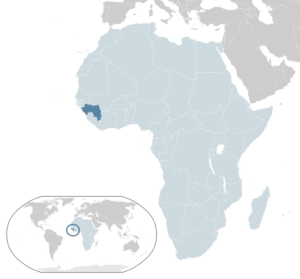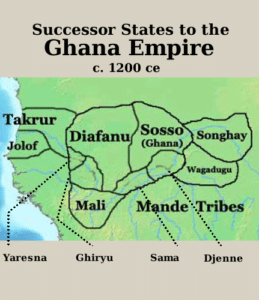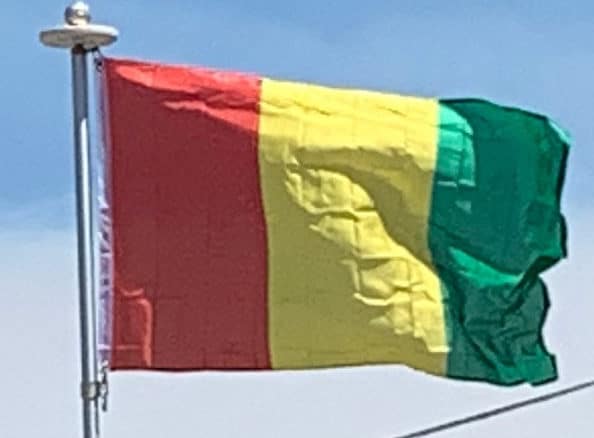Introduction:
Guinea, officially the Republic of Guinea, is a west-coastal country in West Africa. Formerly known as French Guinea, the modern country is sometimes referred to as Guinea-Conakry to distinguish it from other countries with “Guinea” in the name and the eponymous region, such as Guinea-Bissau and Equatorial Guinea. Guinea has a population of 12.4 million and an area of 245,857 square kilometres (94,926 sq mi).

The sovereign state of Guinea is a republic with a president who is directly elected by the people; this position is both head of state and head of government. The unicameral Guinean National Assembly is the legislative body of the country, and its members are also directly elected by the people. The judicial branch is led by the Guinea Supreme Court, the highest and final court of appeal in the country.
Guinea is a predominantly Islamic country, with Muslims representing 85 percent of the population. Guinea’s people belong to twenty-four ethnic groups. French, the official language of Guinea, is the main language of communication in schools, in government administration, and the media, but more than twenty-four indigenous languages are also spoken.
Guinea’s economy is largely dependent on agriculture and mineral production. It is the world’s second largest producer of bauxite, and has rich deposits of diamonds and gold. The country was at the core of the 2014 Ebola outbreak. Human rights in Guinea remain a controversial issue. In 2011 the United States government claimed that torture by security forces, and abuse of women and children (e.g. female genital mutilation) were ongoing abuses of human rights.
History:
West African Empires and Kingdoms in Guinea:
What is now Guinea was on the fringes of the major West African empires. The earliest, the Ghana Empire, grew on trade but ultimately fell after repeated incursions of the Almoravids. It was in this period that Islam first arrived in the region by way of North African traders.

The Sosso kingdom (12th to 13th centuries) briefly flourished in the resulting void but the Mali Empire came to prominence when Soundiata Kéïta defeated the Sosso ruler Soumangourou Kanté at the Battle of Kirina in c. 1235. The Mali Empire was ruled by Mansa (Emperors), the most famous being Kankou Moussa, who made a famous hajj to Mecca in 1324. Shortly after his reign the Mali Empire began to decline and was ultimately supplanted by its vassal states in the 15th century.
The most successful of these was the Songhai Empire, which expanded its power from about 1460 and eventually surpassed the Mali Empire in both territory and wealth. It continued to prosper until a civil war over succession followed the death of Askia Daoud in 1582. The weakened empire fell to invaders from Morocco at the Battle of Tondibi just three years later. The Moroccans proved unable to rule the kingdom effectively, however, and it split into many small kingdoms.
After the fall of the major West African empires, various kingdoms existed in what is now Guinea. Fulani Muslims migrated to Futa Jallon in Central Guinea and established an Islamic state from 1727 to 1896 with a written constitution and alternate rulers. The Wassoulou or Wassulu empire was a short-lived (1878–1898) empire, led by Samori Toure in the predominantly Malinké area of what is now upper Guinea and southwestern Mali (Wassoulou). It moved to Ivory Coast before being conquered by the French.
Colonial Era:
The slave trade came to the coastal region of Guinea with European traders in the 16th century. Slaves were exported to work elsewhere in the triangular trade.
